Biological Mechanisms of Animal Adaptation to Polar Environments
Introduction
The survival of animals in polar environments is a testament to the power of biological adaptation. These environments, characterized by extreme cold, prolonged periods of darkness or light, and a scarcity of food resources, present a unique set of challenges to animal life. Yet, many species have evolved complex physiological, biochemical, and behavioral adaptations that enable them to thrive in these harsh conditions.


Physiological Adaptations
Physiological adaptations are changes in an animal's internal body functions that increase its survival and reproductive success. In polar environments, these adaptations often involve modifications to the animal's metabolic processes, body structure, and reproductive strategies.
Thermoregulation
Thermoregulation is a critical physiological adaptation for survival in polar environments. Animals such as the polar bear and the Arctic fox have evolved mechanisms to maintain a stable internal body temperature despite the extremely cold external environment. These mechanisms include a high metabolic rate, which generates heat, and a thick layer of insulating fur or blubber, which retains heat.
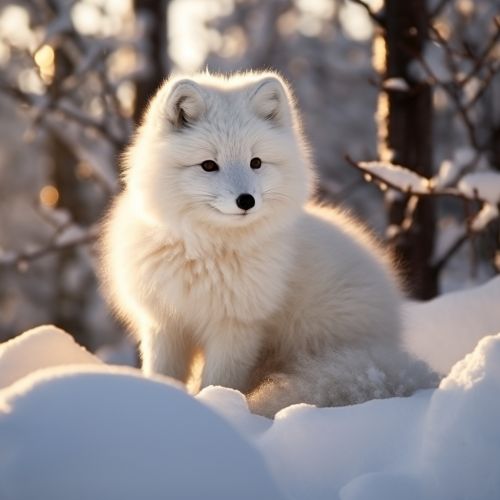
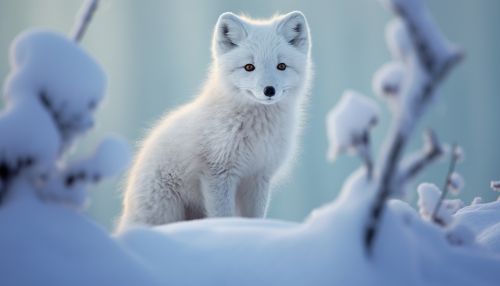
Metabolic Adaptations
Many polar animals have also developed metabolic adaptations to cope with the scarcity of food resources. For example, the Arctic ground squirrel can enter a state of hibernation, slowing its metabolic rate to conserve energy during the long polar winter. Similarly, the Emperor penguin can fast for over four months during the breeding season, relying on stored fat reserves for energy.
Body Structure
Changes in body structure, or morphological adaptations, also play a key role in enabling animals to survive in polar environments. For example, many polar animals have a compact body shape to minimize heat loss, and large feet or flippers for efficient locomotion on snow or ice.
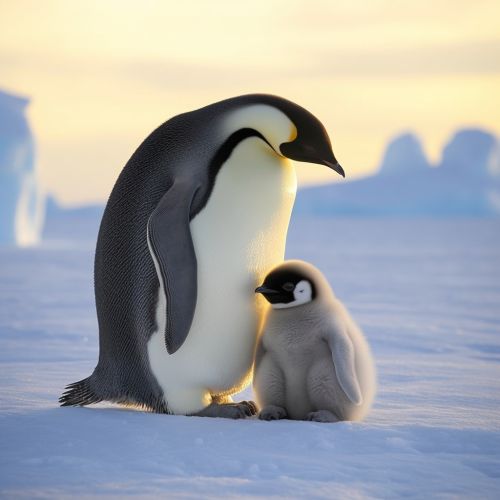
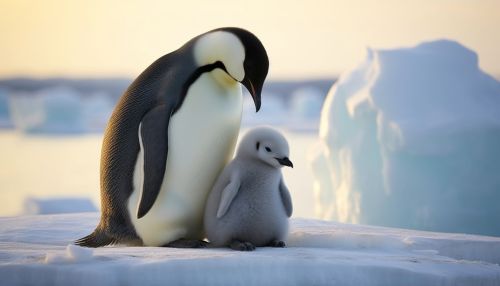
Reproductive Strategies
Reproductive adaptations are also crucial for the survival of species in polar environments. These adaptations often involve timing the breeding season to coincide with periods of relative abundance, such as the brief polar summer, and developing strategies to protect offspring from the harsh conditions.
Biochemical Adaptations
Biochemical adaptations refer to changes at the molecular level that enhance an animal's ability to survive in a specific environment. In polar environments, these adaptations often involve modifications to the animal's cellular processes and genetic makeup.
Antifreeze Proteins
Many polar animals produce antifreeze proteins (AFPs) that prevent their body fluids from freezing at sub-zero temperatures. These proteins work by binding to ice crystals and inhibiting their growth, a mechanism that is critical for the survival of species such as the Arctic cod and the snow flea.
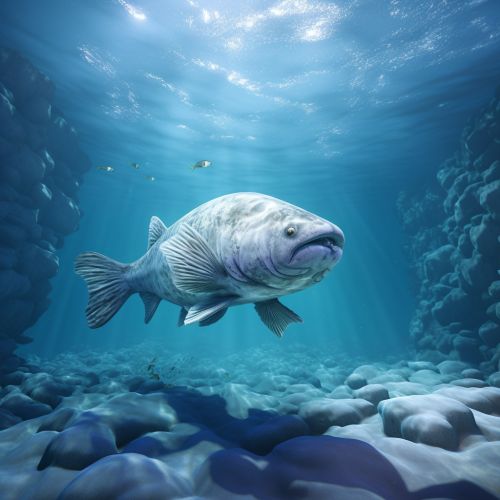
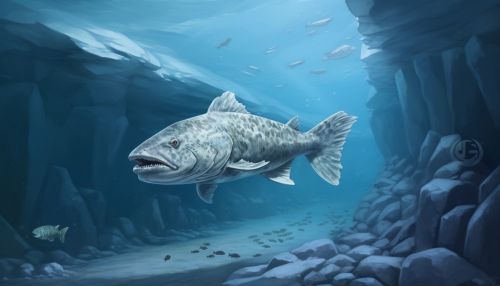
Cold-Shock Proteins
Cold-shock proteins are another important biochemical adaptation in polar animals. These proteins are produced in response to sudden drops in temperature and help to stabilize the animal's cells and protect them from cold-induced damage.
Genetic Adaptations
Genetic adaptations are changes in an animal's DNA that increase its survival and reproductive success. In polar environments, these adaptations often involve changes in genes related to thermoregulation, metabolism, and other key survival mechanisms.
Behavioral Adaptations
Behavioral adaptations are changes in an animal's behavior that increase its survival and reproductive success. In polar environments, these adaptations often involve strategies for finding food, avoiding predators, and coping with the extreme light and dark cycles.
Foraging Strategies
Many polar animals have developed specialized foraging strategies to cope with the scarcity of food resources. For example, the snowy owl can hunt in almost complete darkness, using its acute hearing to locate prey.

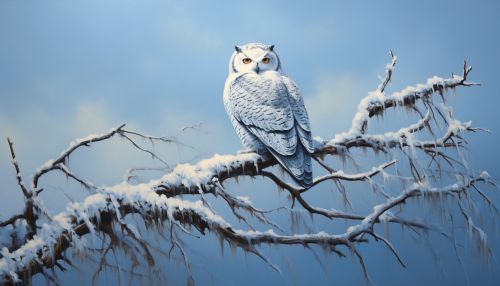
Predator Avoidance
Predator avoidance is another important behavioral adaptation in polar environments. Many polar animals, such as the Arctic hare and the snow bunting, have a white winter coat that provides camouflage against the snow-covered landscape.
Light and Dark Cycles
Polar animals have also developed adaptations to cope with the extreme light and dark cycles of their environment. For example, many polar animals are crepuscular, being most active during the twilight hours of dawn and dusk.
Conclusion
The biological adaptations of animals to polar environments are a fascinating example of the power of evolution. Through a combination of physiological, biochemical, and behavioral adaptations, these animals have developed the ability to survive and reproduce in some of the harshest conditions on Earth.
